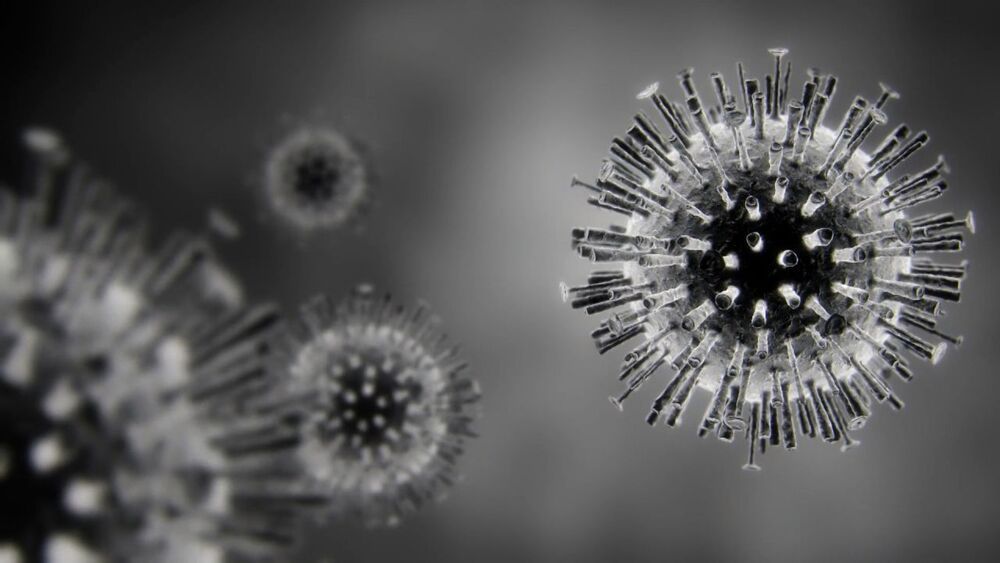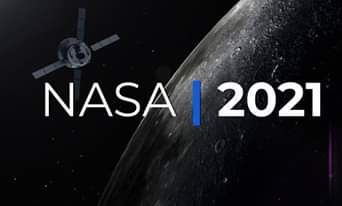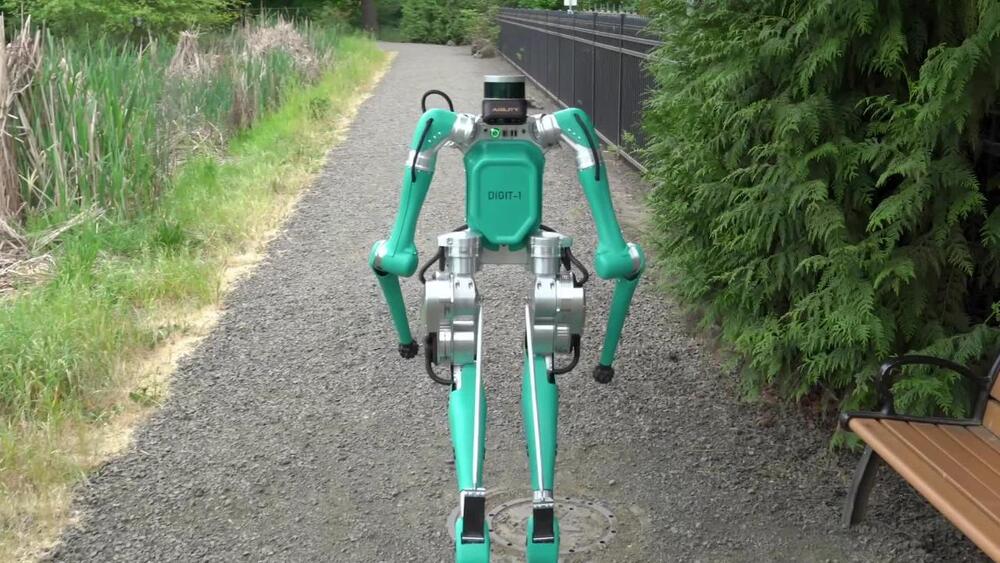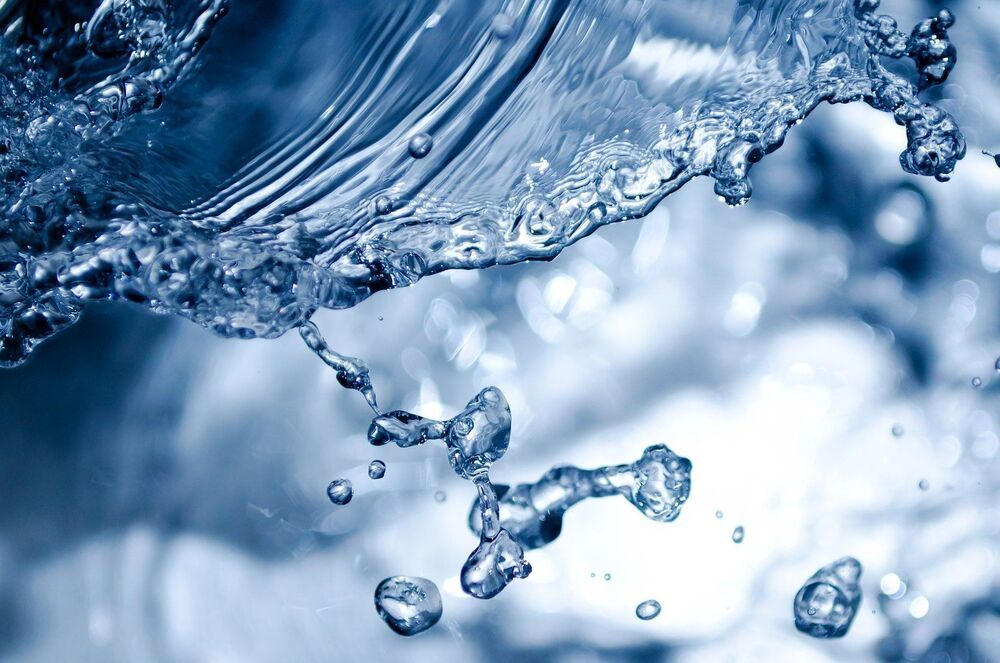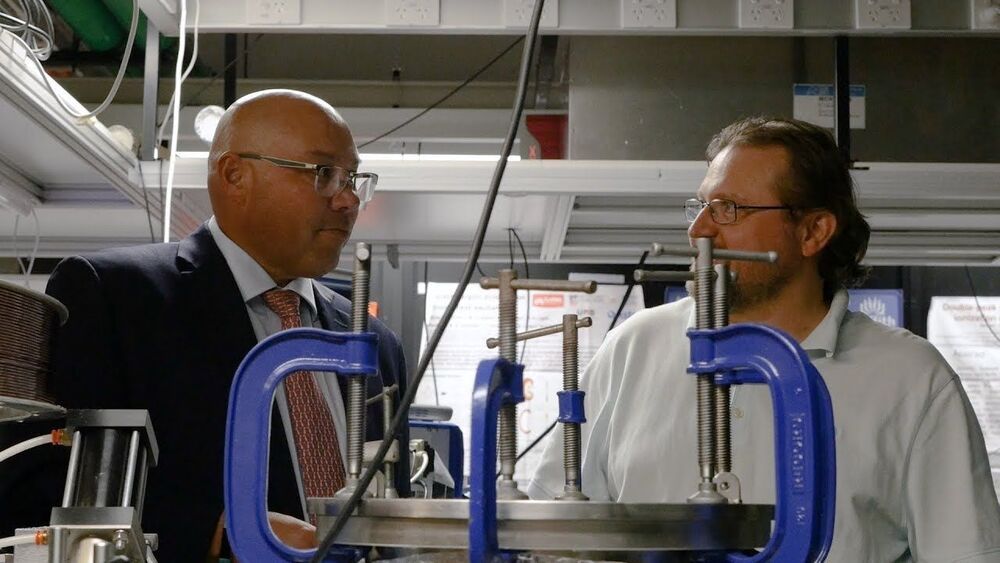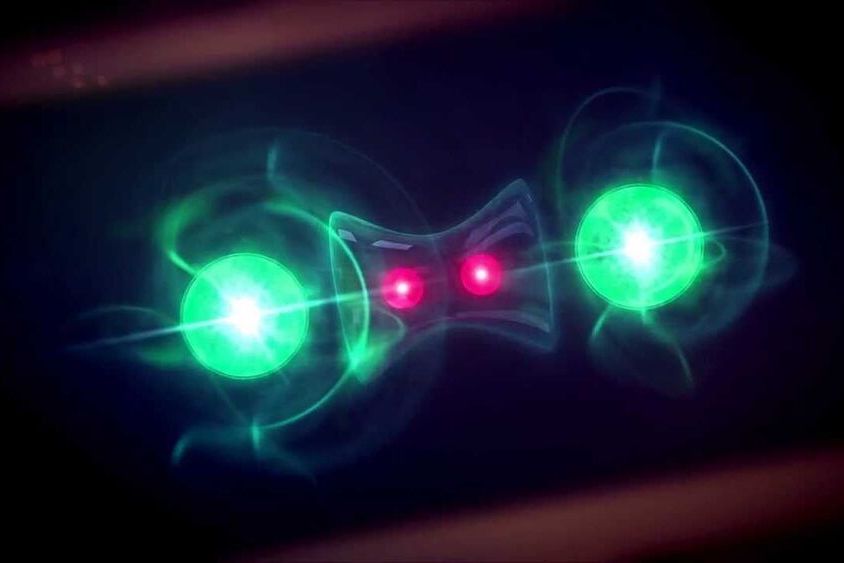#BREAKING: A case of the new coronavirus strain that spread quickly in the United Kingdom has been confirmed in Florida. 8.wfla.com/385dkxa
TAMPA (WFLA) – A case of the new coronavirus strain that spread quickly in the United Kingdom has been confirmed in Florida.
The Florida Department of Health announced on Twitter Thursday that the individual is a man in his 20s who is currently in isolation in Martin County. The department noted the man has no travel history.
The state said it is working with the CDC on the investigation into the case.
